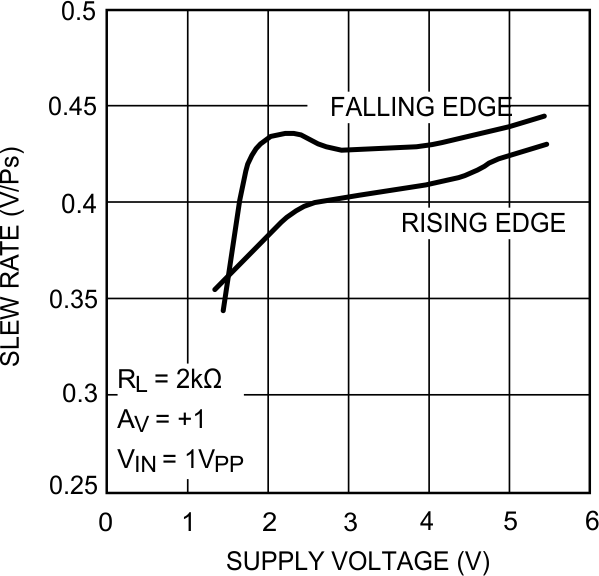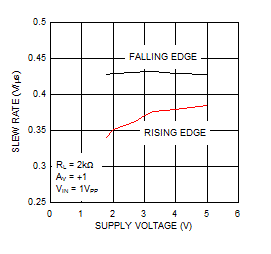SNOS993P November 2001 – April 2017 LMV931-N , LMV932-N , LMV934-N
PRODUCTION DATA.
- 1 Features
- 2 Applications
- 3 Description
- 4 Revision History
- 5 Pin Configuration and Functions
-
6 Specifications
- 6.1 Absolute Maximum Ratings
- 6.2 ESD Ratings (Commercial)
- 6.3 Recommended Operating Ratings
- 6.4 Thermal Information
- 6.5 DC Electrical Characteristics 1.8 V
- 6.6 AC Electrical Characteristics 1.8 V
- 6.7 DC Electrical Characteristics 2.7 V
- 6.8 AC Electrical Characteristics 2.7 V
- 6.9 Electrical Characteristics 5 V DC
- 6.10 AC Electrical Characteristics 5 V
- 6.11 Typical Characteristics
- 7 Detailed Description
- 8 Application and Implementation
- 9 Power Supply Recommendations
- 10Layout
- 11Device and Documentation Support
- 12Mechanical, Packaging, and Orderable Information
Package Options
Mechanical Data (Package|Pins)
Thermal pad, mechanical data (Package|Pins)
Orderable Information
6 Specifications
6.1 Absolute Maximum Ratings
See (1)(2).| MIN | MAX | UNIT | ||
|---|---|---|---|---|
| Supply voltage ( V+– V− ) | –0.3 | 6 | V | |
| Differential input voltage | V– | V+ | V | |
| Voltage at input/output pins | (V– ) - 0.3 | (V+) + 0.3 | V | |
| Junction temperature(3) | –40 | 150 | °C | |
| Storage temperature, Tstg | –65 | 150 | °C | |
(1) Absolute Maximum Ratings indicate limits beyond which damage to the device may occur. Recommended Operating Conditions indicate conditions for which the device is intended to be functional, but specific performance is not specified. For specifications and the test conditions, see the Electrical Characteristics.
(2) If Military/Aerospace specified devices are required, contact the TI Sales Office/Distributors for availability and specifications.
6.2 ESD Ratings (Commercial)
| VALUE | UNIT | |||
|---|---|---|---|---|
| V(ESD) | Electrostatic discharge | Human-body model (HBM), per ANSI/ESDA/JEDEC JS-001(1) | ±2000 | V |
| Charged-device model (CDM), per JEDEC specification JESD22-C101(2) | ±750 | |||
| Machine model (MM)(3) | ±200 | |||
(1) JEDEC document JEP155 states that 500-V HBM allows safe manufacturing with a standard ESD control process.
(2) JEDEC document JEP157 states that 250-V CDM allows safe manufacturing with a standard ESD control process.
(3) Machine model, 200 Ω in series with 100 pF.
6.3 Recommended Operating Ratings
See(1).| MIN | MAX | UNIT | ||
|---|---|---|---|---|
| Supply voltage range ( V+– V− ) | 1.8 | 5.5 | V | |
| Ambient temperature | −40 | 125 | °C | |
6.4 Thermal Information
| THERMAL METRIC(1) | LMV931-N | LMV932-N | LMV934-N | UNIT | ||||
|---|---|---|---|---|---|---|---|---|
| DBV (SOT-23) |
DCK (SC70) |
D (SOIC) |
DGK (VSSOP) |
D (SOIC) |
PW (TSSOP) |
|||
| 5 PINS | 5 PINS | 8 PINS | 8 PINS | 14 PINS | 14 PINS | |||
| RθJA | Junction-to-ambient thermal resistance | 197.2 | 285.9 | 125.9 | 184.5 | 94.4 | 124.8 | °C/W |
| RθJC(top) | Junction-to-case (top) thermal resistance | 156.7 | 115.9 | 70.2 | 74.3 | 52.5 | 51.4 | °C/W |
| RθJB | Junction-to-board thermal resistance | 55.6 | 63.7 | 66.5 | 105.1 | 48.9 | 67.2 | °C/W |
| ψJT | Junction-to-top characterization parameter | 41.4 | 4.5 | 19.8 | 13.1 | 14.3 | 6.6 | °C/W |
| ψJB | Junction-to-board characterization parameter | 55 | 62.9 | 65.9 | 103.6 | 48.6 | 66.6 | °C/W |
| RθJC(bot) | Junction-to-case (bottom) thermal resistance | — | — | — | — | — | — | °C/W |
(1) For more information about traditional and new thermal metrics, see the Semiconductor and IC Package Thermal Metrics application report.
6.5 DC Electrical Characteristics 1.8 V
Unless otherwise specified, all limits specified for TJ = 25°C. V+ = 1.8 V, V − = 0 V, VCM = V+/2, VO = V+/2 and RL > 1 MΩ.| PARAMETER | TEST CONDITIONS | MIN | TYP (1) | MAX | UNIT | ||
|---|---|---|---|---|---|---|---|
| VOS | Input Offset Voltage | LMV931 (Single) | 25°C | 1 | 4 | mV | |
| Full Range | 6 | ||||||
| LMV932 (Dual), LMV934 (Quad) |
25°C | 1 | 5.5 | mV | |||
| Full Range | 7.5 | ||||||
| TCVOS | Input Offset Voltage Average Drift |
Full Range | 5.5 | μV/°C | |||
| IB | Input Bias Current | 25°C | 15 | 35 | nA | ||
| Full Range | 50 | ||||||
| IOS | Input Offset Current | 25°C | 13 | 25 | nA | ||
| Full Range | 40 | ||||||
| IS | Supply Current (per channel) | 25°C | 103 | 185 | μA | ||
| Full Range | 205 | ||||||
| CMRR | Common-Mode Rejection Ratio | LMV931, 0 ≤ VCM ≤ 0.6 V 1.4 V ≤ VCM ≤ 1.8 V(3) |
25°C | 60 | 78 | dB | |
| Full Range | 55 | ||||||
| LMV932 and LMV934 0 ≤ VCM ≤ 0.6 V 1.4 V ≤ VCM ≤ 1.8 V(3) |
25°C | 55 | 76 | dB | |||
| Full Range | 50 | ||||||
| −0.2 V ≤ VCM ≤ 0 V 1.8 V ≤ VCM ≤ 2.0 V |
25°C | 50 | 72 | dB | |||
| PSRR | Power Supply Rejection Ratio | 1.8 V ≤ V+ ≤ 5 V | 25°C | 75 | 100 | dB | |
| Full Range | 70 | ||||||
| CMVR | Input Common-Mode Voltage Range | For CMRR Range ≥ 50dB | 25°C | V− − 0.2 | −0.2 to 2.1 |
V+ + 0.2 | V |
| −40°C to 85°C | V− | V+ | |||||
| 125°C | V− + 0.2 | V+ − 0.2 | |||||
| AV | Large Signal Voltage Gain LMV931-N (Single) |
RL = 600 Ω to 0.9 V, VO = 0.2 V to 1.6 V, VCM = 0.5 V |
25°C | 77 | 101 | dB | |
| Full Range | 73 | ||||||
| RL = 2 kΩ to 0.9 V, VO = 0.2 V to 1.6 V, VCM = 0.5 V |
25°C | 80 | 105 | dB | |||
| Full Range | 75 | ||||||
| Large Signal Voltage Gain LMV932-N (Dual) LMV934-N (Quad) |
RL = 600 Ω to 0.9 V, VO = 0.2 V to 1.6 V, VCM = 0.5 V |
25°C | 75 | 90 | dB | ||
| Full Range | 72 | ||||||
| RL = 2 kΩ to 0.9 V, VO = 0.2 V to 1.6 V, VCM = 0.5 V |
25°C | 78 | 100 | dB | |||
| Full Range | 75 | ||||||
| VO | Output Swing | RL = 600 Ω to 0.9 V VIN = ±100 mV |
25°C | 1.65 | 1.72 | V | |
| 0.077 | 0.105 | ||||||
| Full Range | 1.63 | 0.120 | |||||
| RL = 2 kΩ to 0.9 V VIN = ±100 mV |
25°C | 1.75 | 1.77 | V | |||
| 0.024 | 0.035 | ||||||
| Full Range | 1.74 | 0.04 | |||||
| IO | Output Short Circuit Current(2) | Sourcing, VO = 0 V VIN = 100 mV |
25°C | 4 | 8 | mA | |
| Full Range | 3.3 | ||||||
| Sinking, VO = 1.8 V VIN = −100 mV |
25°C | 7 | 9 | mA | |||
| Full Range | 5 | ||||||
6.6 AC Electrical Characteristics 1.8 V
Unless otherwise specified, all limits specified for TJ = 25°C. V+ = 1.8 V, V − = 0 V, VCM = V+/2, VO = V+/2 and RL > 1 MΩ.| PARAMETER | TEST CONDITIONS | MIN | TYP (1) | MAX | UNIT | |
|---|---|---|---|---|---|---|
| SR | Slew Rate | See (4). | 0.35 | V/μs | ||
| GBW | Gain-Bandwidth Product | 1.4 | MHz | |||
| Φm | Phase Margin | 67 | deg | |||
| Gm | Gain Margin | 7 | dB | |||
| en | Input-Referred Voltage Noise | f = 10 kHz, VCM = 0.5 V | 60 | nV/√Hz | ||
| in | Input-Referred Current Noise | f = 10 kHz | 0.08 | pA/√Hz | ||
| THD | Total Harmonic Distortion | f = 1 kHz, AV = +1 RL = 600 Ω, VIN = 1 VPP |
0.023% | |||
| Amplifier-to-Amplifier Isolation | See(5) | 123 | dB | |||
6.7 DC Electrical Characteristics 2.7 V
Unless otherwise specified, all limits specified for TJ = 25°C. V+ = 2.7 V, V − = 0 V, VCM = V+/2, VO = V+/2 and RL > 1 MΩ.| PARAMETER | TEST CONDITIONS | MIN | TYP (1) | MAX | UNIT | ||
|---|---|---|---|---|---|---|---|
| VOS | Input Offset Voltage | LMV931 (Single) | 25°C | 1 | 4 | mV | |
| Full Range | 6 | ||||||
| LMV932 (Dual) LMV934 (Quad) |
25°C | 1 | 5.5 | mV | |||
| Full Range | 7.5 | ||||||
| TCVOS | Input Offset Voltage Average Drift | Full Range | 5.5 | μV/°C | |||
| IB | Input Bias Current | 25°C | 15 | 35 | nA | ||
| Full Range | 50 | ||||||
| IOS | Input Offset Current | 25°C | 8 | 25 | nA | ||
| Full Range | 40 | ||||||
| IS | Supply Current (per channel) | 25°C | 105 | 190 | μA | ||
| Full Range | 210 | ||||||
| CMRR | Common-Mode Rejection Ratio | LMV931, 0 ≤ VCM ≤ 1.5 V 2.3 V ≤ VCM ≤ 2.7 V(3) |
25°C | 60 | 81 | dB | |
| Full Range | 55 | ||||||
| LMV932 and LMV934 0 ≤ VCM ≤ 1.5 V 2.3 V ≤ VCM ≤ 2.7 V(3) |
25°C | 55 | 80 | dB | |||
| Full Range | 50 | ||||||
| −0.2 V ≤ VCM ≤ 0 V 2.7 V ≤ VCM ≤ 2.9 V |
25°C | 50 | 74 | dB | |||
| PSRR | Power Supply Rejection Ratio | 1.8 V ≤ V+ ≤ 5 V VCM = 0.5 V |
25°C | 75 | 100 | dB | |
| Full Range | 70 | ||||||
| VCM | Input Common-Mode Voltage Range | For CMRR Range ≥ 50 dB | 25°C | V− − 0.2 | −0.2 to 3.0 |
V+ + 0.2 | V |
| −40°C to 85°C | V− | V+ | |||||
| 125°C | V− + 0.2 | V+ − 0.2 | |||||
| AV | Large Signal Voltage Gain LMV931-N (Single) |
RL = 600 Ω to 1.35 V, VO = 0.2 V to 2.5 V |
25°C | 87 | 104 | dB | |
| Full Range | 86 | ||||||
| RL = 2 kΩ to 1.35 V, VO = 0.2 V to 2.5 V |
25°C | 92 | 110 | dB | |||
| Full Range | 91 | ||||||
| Large Signal Voltage Gain LMV932-N (Dual) LMV934-N (Quad) |
RL = 600 Ω to 1.35 V, VO = 0.2 V to 2.5 V |
25°C | 78 | 90 | dB | ||
| Full Range | 75 | ||||||
| RL = 2 kΩ to 1.35 V, VO = 0.2 V to 2.5 V |
25°C | 81 | 100 | dB | |||
| Full Range | 78 | ||||||
| VO | Output Swing | RL = 600 Ω to 1.35 V VIN = ±100 mV |
25°C | 2.55 | 2.62 | V | |
| 0.083 | 0.110 | ||||||
| Full Range | 2.53 | 0.130 | |||||
| RL = 2 kΩ to 1.35 V VIN = ±100 mV |
25°C | 2.65 | 2.675 | V | |||
| 0.025 | 0.04 | ||||||
| Full Range | 2.64 | 0.045 | |||||
| IO | Output Short Circuit Current(2) | Sourcing, VO = 0 V VIN = +100 mV |
25°C | 20 | 30 | mA | |
| Full Range | 15 | ||||||
| Sinking, VO = 2.7 V VIN = −100 mV |
25°C | 18 | 25 | mA | |||
| Full Range | 12 | ||||||
6.8 AC Electrical Characteristics 2.7 V
Unless otherwise specified, all limits specified for TJ = 25°C. V+ = 2.7 V, V − = 0 V, VCM = 1.0 V, VO = 1.35 V and RL > 1 MΩ.| PARAMETER | TEST CONDITIONS | MIN | TYP (1) | MAX | UNIT | |
|---|---|---|---|---|---|---|
| SR | Slew Rate | See(4) | 0.4 | V/µs | ||
| GBW | Gain-Bandwidth Product | 1.4 | MHz | |||
| Φm | Phase Margin | 70 | deg | |||
| Gm | Gain Margin | 7.5 | dB | |||
| en | Input-Referred Voltage Noise | f = 10 kHz, VCM = 0.5 V | 57 | nV√Hz | ||
| in | Input-Referred Current Noise | f = 10 kHz | 0.08 | pA/√Hz | ||
| THD | Total Harmonic Distortion | f = 1 kHz, AV = +1 RL = 600 Ω, VIN = 1 VPP |
0.022% | |||
| Amp-to-Amp Isolation | See(5) | 123 | dB | |||
6.9 Electrical Characteristics 5 V DC
Unless otherwise specified, all limits specified for TJ = 25°C. V+ = 5 V, V − = 0 V, VCM = V+/2, VO = V+/2 and RL > 1 MΩ.| PARAMETER | TEST CONDITIONS | MIN | TYP (1) | MAX | UNIT | ||
|---|---|---|---|---|---|---|---|
| VOS | Input Offset Voltage | LMV931 (Single) | 25°C | 1 | 4 | mV | |
| Full Range | 6 | ||||||
| LMV932 (Dual) LMV934 (Quad) |
25°C | 1 | 5.5 | mV | |||
| Full Range | 7.5 | ||||||
| TCVOS | Input Offset Voltage Average Drift | 5.5 | μV/°C | ||||
| IB | Input Bias Current | 25°C | 14 | 35 | nA | ||
| Full Range | 50 | ||||||
| IOS | Input Offset Current | 25°C | 9 | 25 | nA | ||
| Full Range | 40 | ||||||
| IS | Supply Current (per channel) | 25°C | 116 | 210 | μA | ||
| Full Range | 230 | ||||||
| CMRR | Common-Mode Rejection Ratio | 0 ≤ VCM ≤ 3.8 V 4.6 V ≤ VCM ≤ 5 V(3) |
25°C | 60 | 86 | dB | |
| Full Range | 55 | ||||||
| −0.2 V ≤ VCM ≤ 0 V 5 V ≤ VCM ≤ 5.2 V |
25°C | 50 | 78 | dB | |||
| PSRR | Power Supply Rejection Ratio | 1.8 V ≤ V+ ≤ 5 V VCM = 0.5 V |
25°C | 75 | 100 | dB | |
| Full Range | 70 | ||||||
| CMVR | Input Common-Mode Voltage Range | For CMRR Range ≥ 50 dB | 25°C | V− − 0.2 | −0.2 to 5.3 |
V+ + 0.2 | V |
| −40°C to 85°C | V− | V+ | |||||
| 125°C | V− + 0.3 | V+ − 0.3 | |||||
| AV | Large Signal Voltage Gain LMV931-N (Single) |
RL = 600 Ω to 2.5 V, VO = 0.2 V to 4.8 V |
25°C | 88 | 102 | dB | |
| Full Range | 87 | ||||||
| RL = 2 kΩ to 2.5 V, VO = 0.2 V to 4.8 V |
25°C | 94 | 113 | dB | |||
| Full Range | 93 | ||||||
| Large Signal Voltage Gain LMV932-N (Dual) LMV934-N (Quad) |
RL = 600 Ω to 2.5 V, VO = 0.2 V to 4.8 V |
25°C | 81 | 90 | dB | ||
| Full Range | 78 | ||||||
| RL = 2 kΩ to 2.5 V, VO = 0.2 V to 4.8 V |
25°C | 85 | 100 | dB | |||
| Full Range | 82 | ||||||
| VO | Output Swing | RL = 600 Ω to 2.5 V VIN = ±100 mV |
25°C | 4.855 | 4.890 | V | |
| 0.120 | 0.160 | ||||||
| Full Range | 4.835 | 0.180 | |||||
| RL = 2 kΩ to 2.5 V VIN = ±100 mV |
25°C | 4.945 | 4.967 | V | |||
| 0.037 | 0.065 | ||||||
| Full Range | 4.935 | 0.075 | |||||
| IO | Output Short Circuit Current(2) | LMV931, Sourcing, VO = 0 V VIN = +100 mV |
25°C | 80 | 100 | mA | |
| Full Range | 68 | ||||||
| Sinking, VO = 5 V VIN = −100 mV |
25°C | 58 | 65 | mA | |||
| Full Range | 45 | ||||||
6.10 AC Electrical Characteristics 5 V
Unless otherwise specified, all limits specified for TJ = 25°C. V+ = 5 V, V − = 0 V, VCM = V+/2, VO = 2.5 V and R L > 1 MΩ.| PARAMETER | TEST CONDITIONS | MIN | TYP (1) | MAX | UNIT | |
|---|---|---|---|---|---|---|
| SR | Slew Rate | See .(4) | 0.42 | V/µs | ||
| GBW | Gain-Bandwidth Product | 1.5 | MHz | |||
| Φm | Phase Margin | 71 | deg | |||
| Gm | Gain Margin | 8 | dB | |||
| en | Input-Referred Voltage Noise | f = 10 kHz, VCM = 1 V | 50 | nV/√Hz | ||
| in | Input-Referred Current Noise | f = 10 kHz | 0.08 | pA/√Hz | ||
| THD | Total Harmonic Distortion | f = 1 kHz, AV = 1 RL = 600 Ω, VO = 1 VPP |
0.022% | |||
| Amplifier-to-Amplifier Isolation | See(5) | 123 | dB | |||
(1) Typical values represent the most likely parametric norm as determined at the time of characterization. Actual typical values may vary over time and will also depend on the application and configuration.
(2) Applies to both single-supply and split-supply operation. Continuous short circuit operation at elevated ambient temperature can result in exceeding the maximum allowed junction temperature of 150°C. Output currents in excess of 45 mA over long term may adversely affect reliability.
(3) For specified temperature ranges, see the CMVR parameter in DC Electrical Characteristics 1.8 V for the input common-mode voltage specifications.
(4) Connected as voltage follower with input step from V− to V+. Number specified is the slower of the positive and negative slew rates.
(5) Input referred, RL = 100 kΩ connected to V+/2. Each amplifier excited in turn with 1 kHz to produce VO = 3 VPP (For supply voltages < 3 V, VO = V+).
6.11 Typical Characteristics
Unless otherwise specified, VS = 5 V, single-supply, TA = 25°C.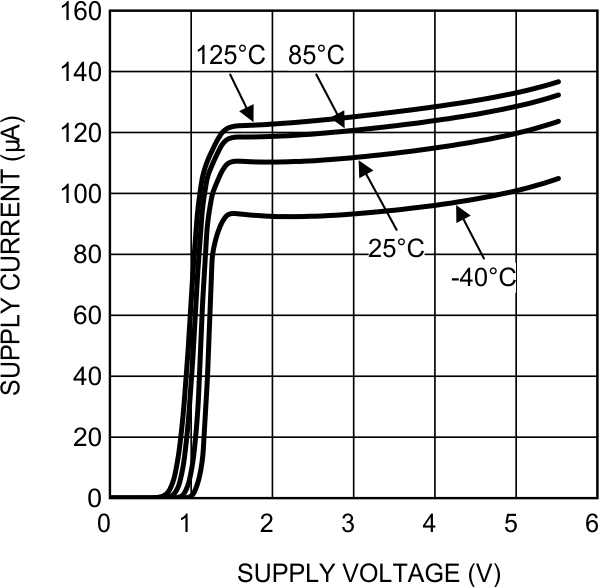 Figure 1. Supply Current vs Supply Voltage (LMV931-N)
Figure 1. Supply Current vs Supply Voltage (LMV931-N)
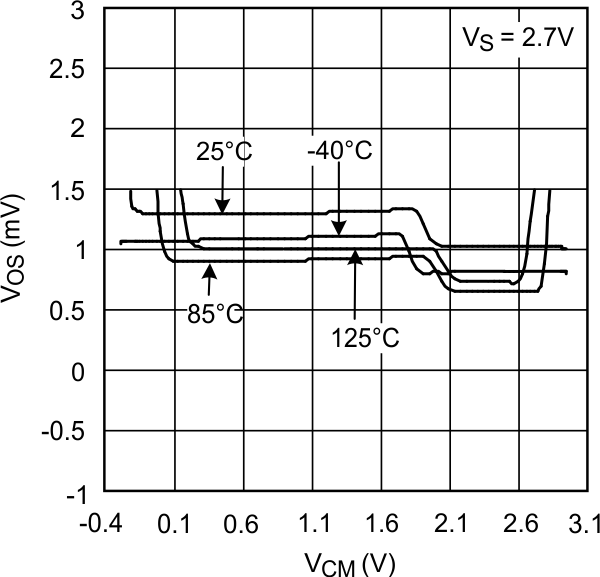 Figure 3. Offset Voltage vs Common-Mode Range
Figure 3. Offset Voltage vs Common-Mode Range
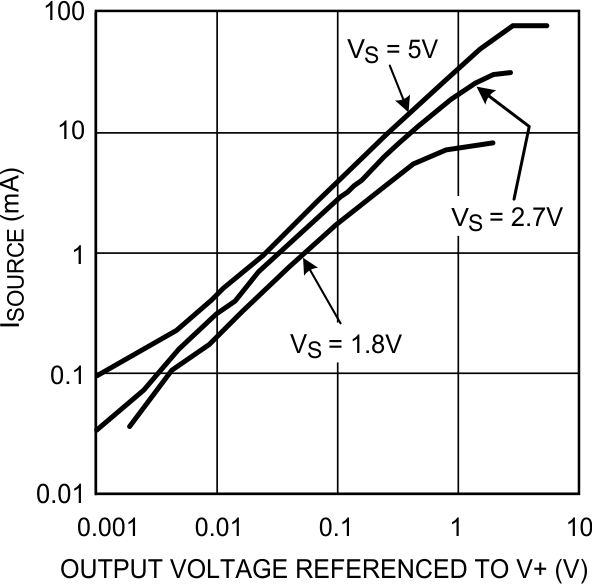 Figure 5. Sourcing Current vs Output Voltage
Figure 5. Sourcing Current vs Output Voltage
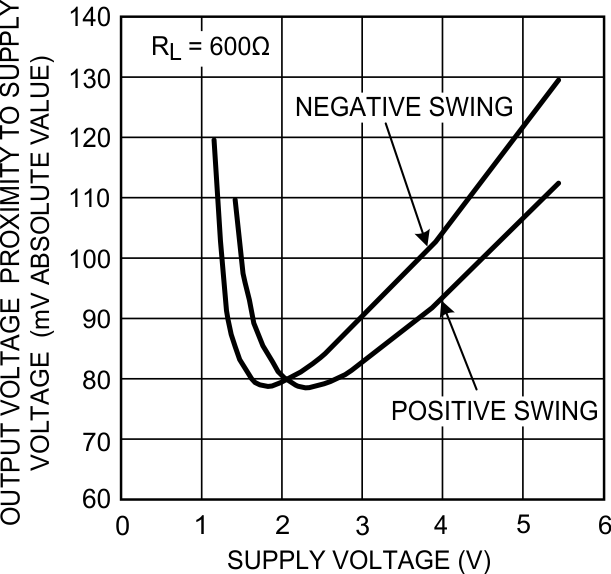 Figure 7. Output Voltage Swing vs Supply Voltage
Figure 7. Output Voltage Swing vs Supply Voltage
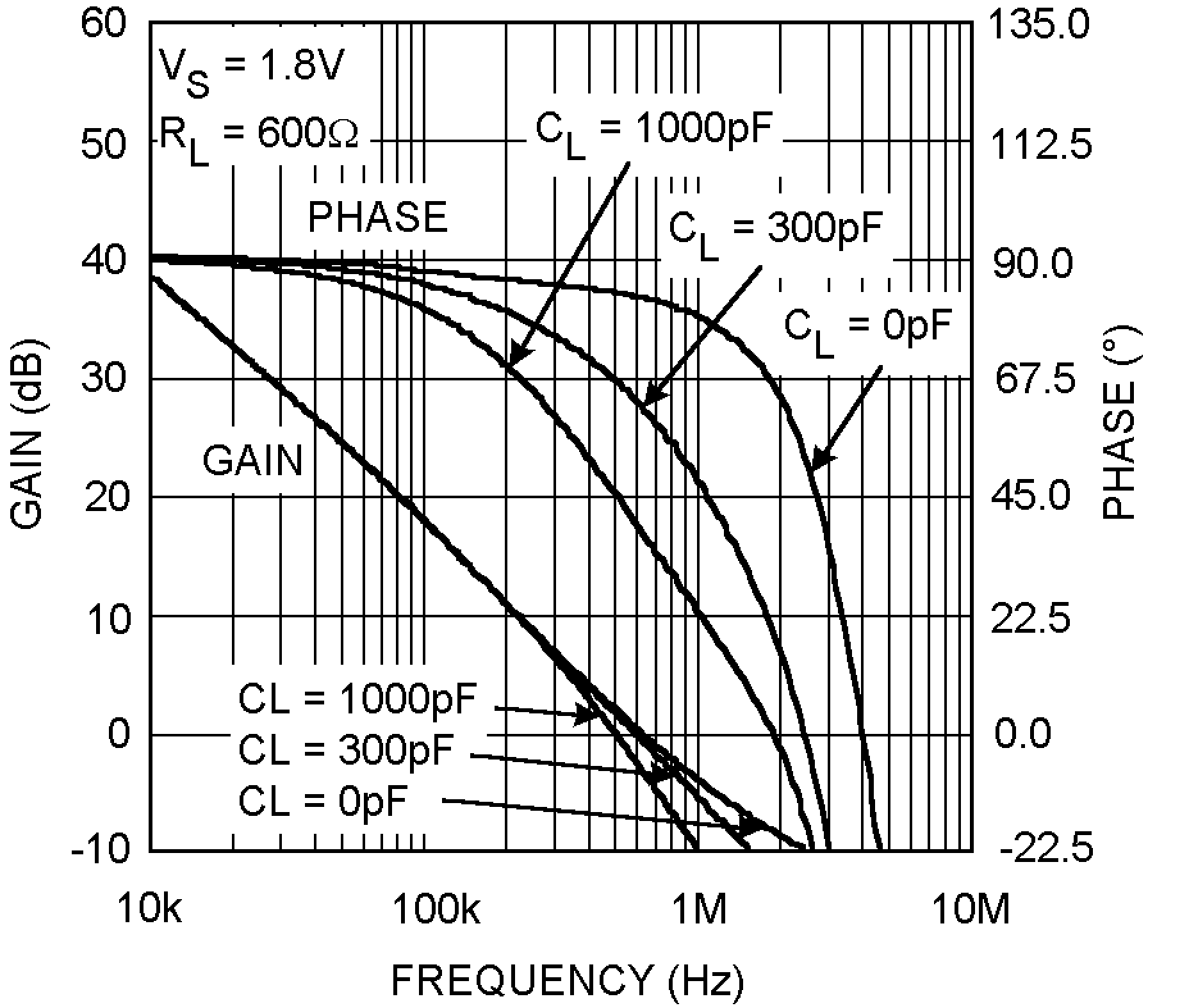 Figure 9. Gain and Phase vs Frequency
Figure 9. Gain and Phase vs Frequency
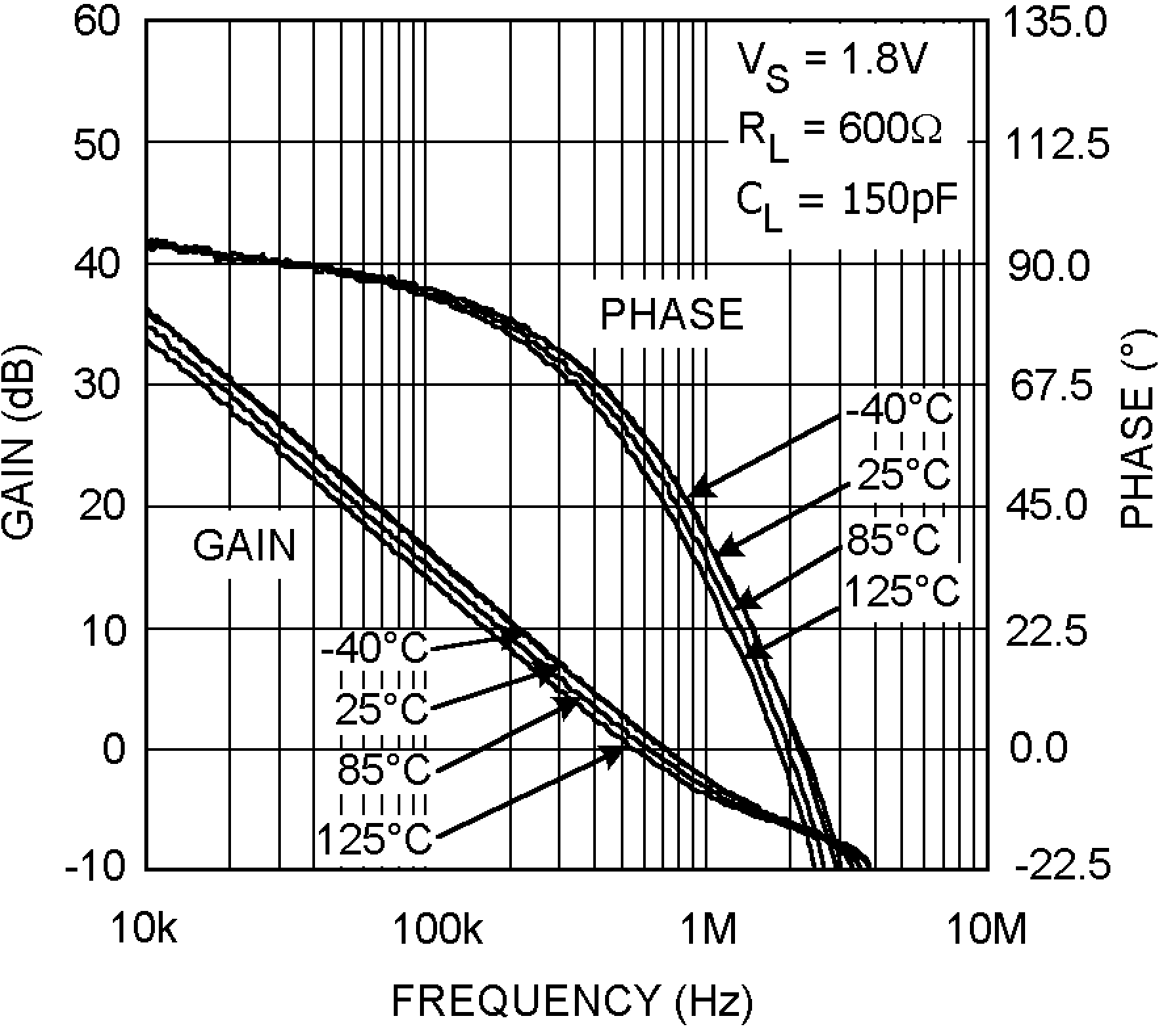 Figure 11. Gain and Phase vs Frequency
Figure 11. Gain and Phase vs Frequency
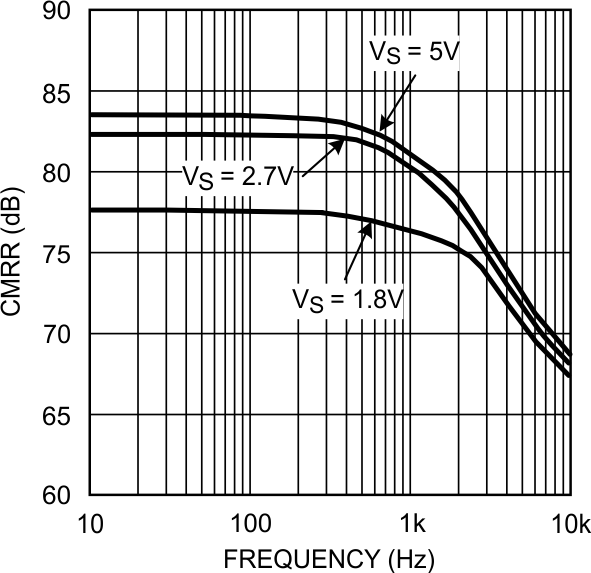 Figure 13. CMRR vs Frequency
Figure 13. CMRR vs Frequency
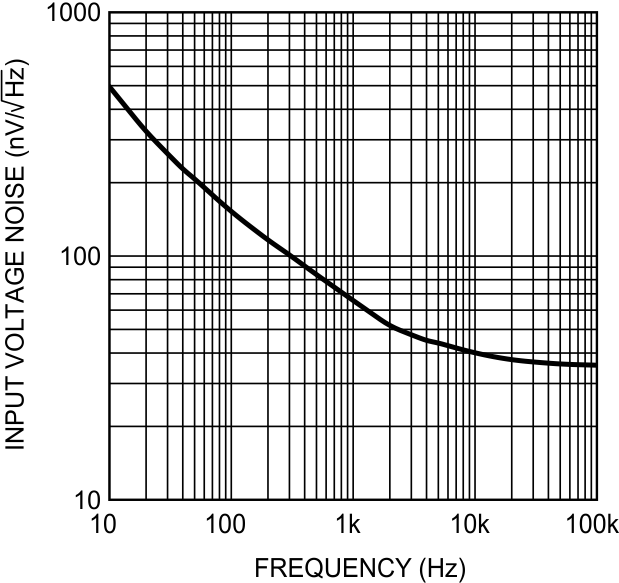 Figure 15. Input Voltage Noise vs Frequency
Figure 15. Input Voltage Noise vs Frequency
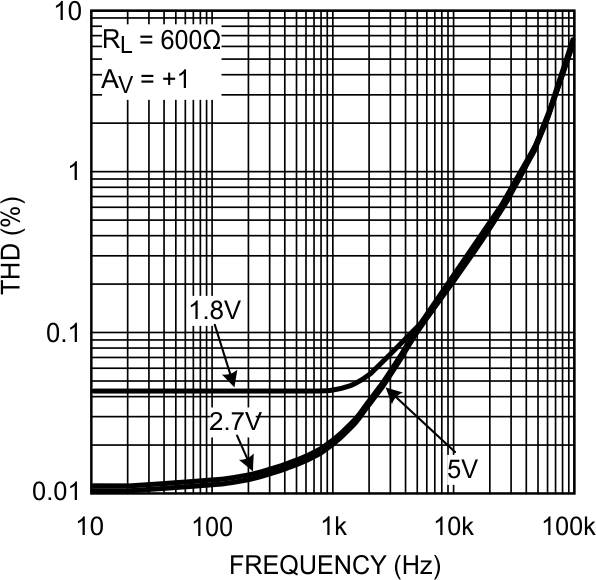 Figure 17. THD vs Frequency
Figure 17. THD vs Frequency
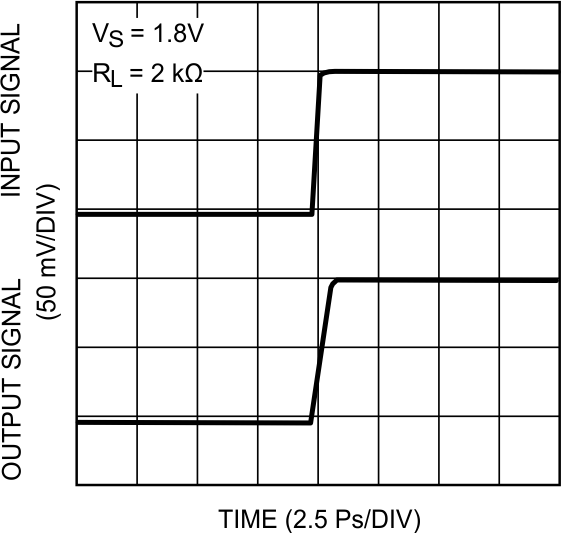 Figure 21. Small Signal Noninverting Response
Figure 21. Small Signal Noninverting Response
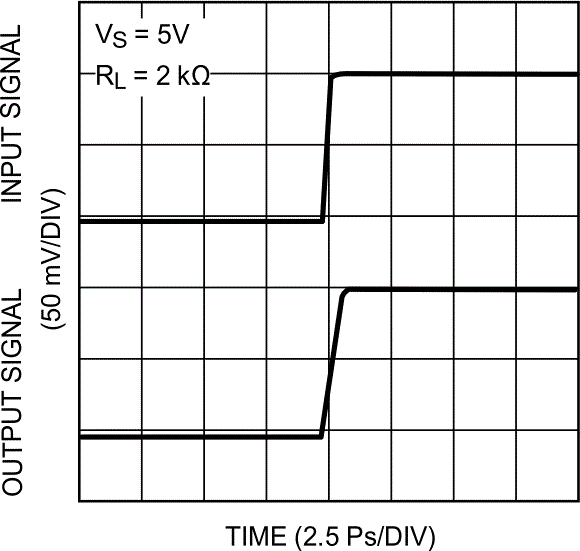 Figure 23. Small Signal Noninverting Response
Figure 23. Small Signal Noninverting Response
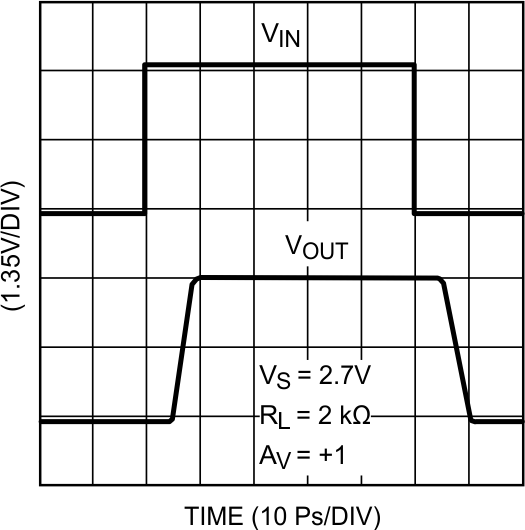 Figure 25. Large Signal Noninverting Response
Figure 25. Large Signal Noninverting Response
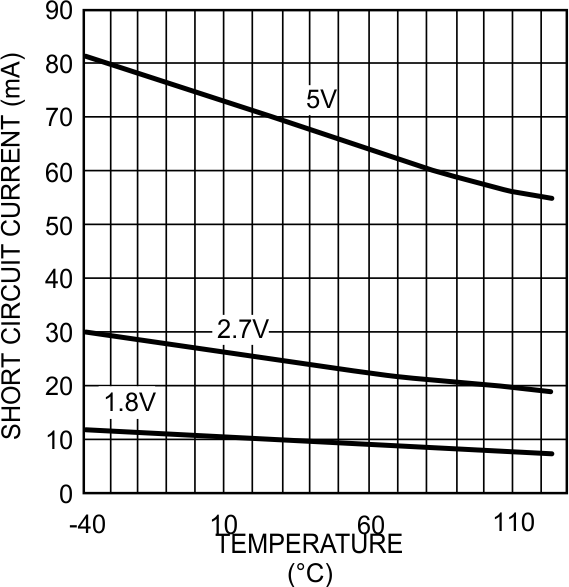 Figure 27. Short Circuit Current vs Temperature (Sinking)
Figure 27. Short Circuit Current vs Temperature (Sinking)
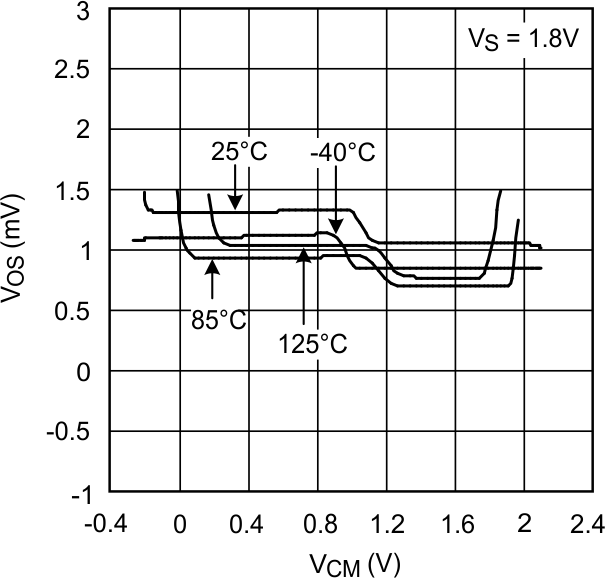 Figure 2. Offset Voltage vs Common-Mode Range
Figure 2. Offset Voltage vs Common-Mode Range
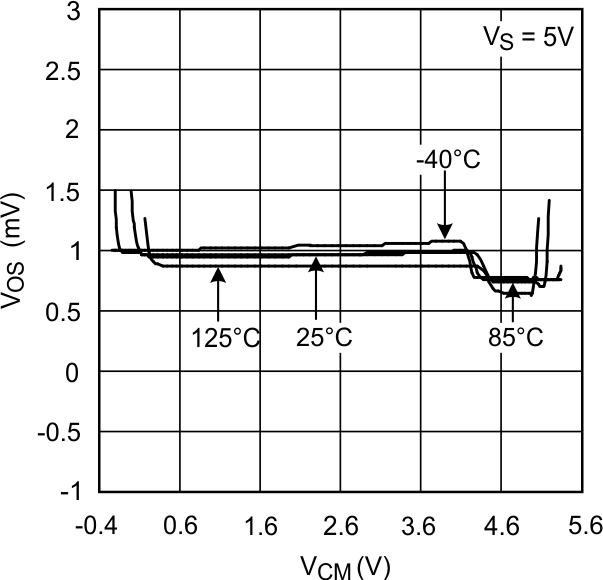 Figure 4. Offset Voltage vs Common-Mode Range
Figure 4. Offset Voltage vs Common-Mode Range
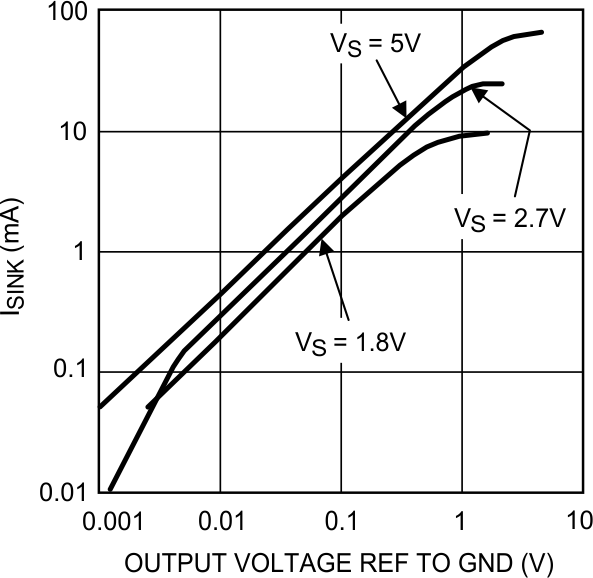 Figure 6. Sinking Current vs Output Voltage
Figure 6. Sinking Current vs Output Voltage
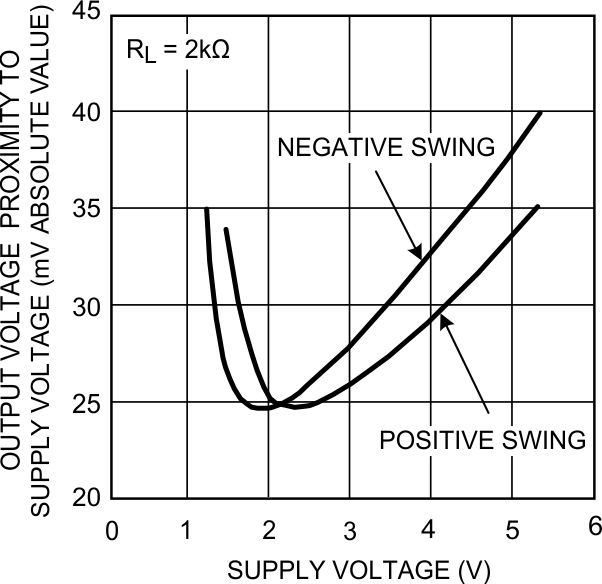 Figure 8. Output Voltage Swing vs Supply Voltage
Figure 8. Output Voltage Swing vs Supply Voltage
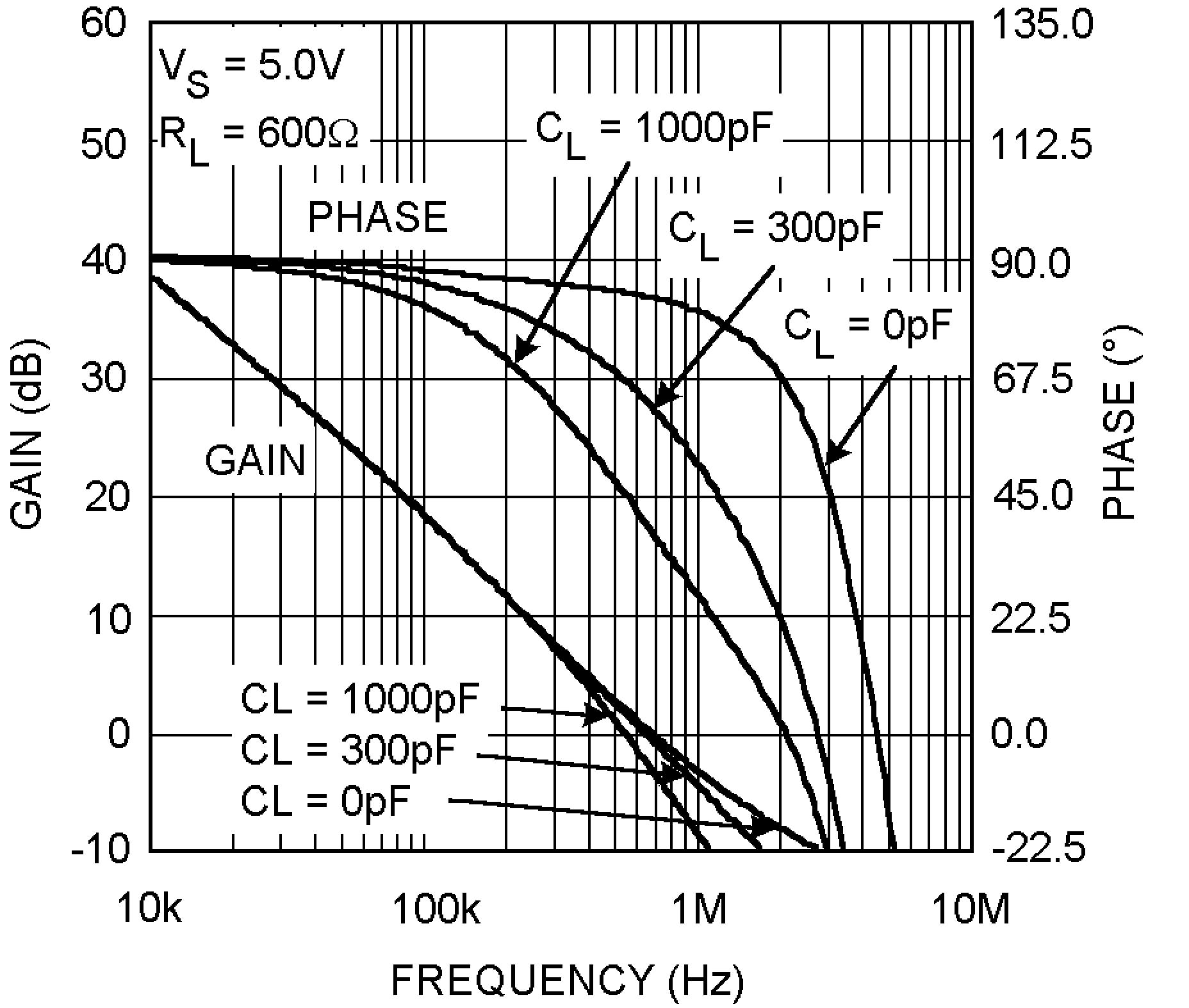 Figure 10. Gain and Phase vs Frequency
Figure 10. Gain and Phase vs Frequency
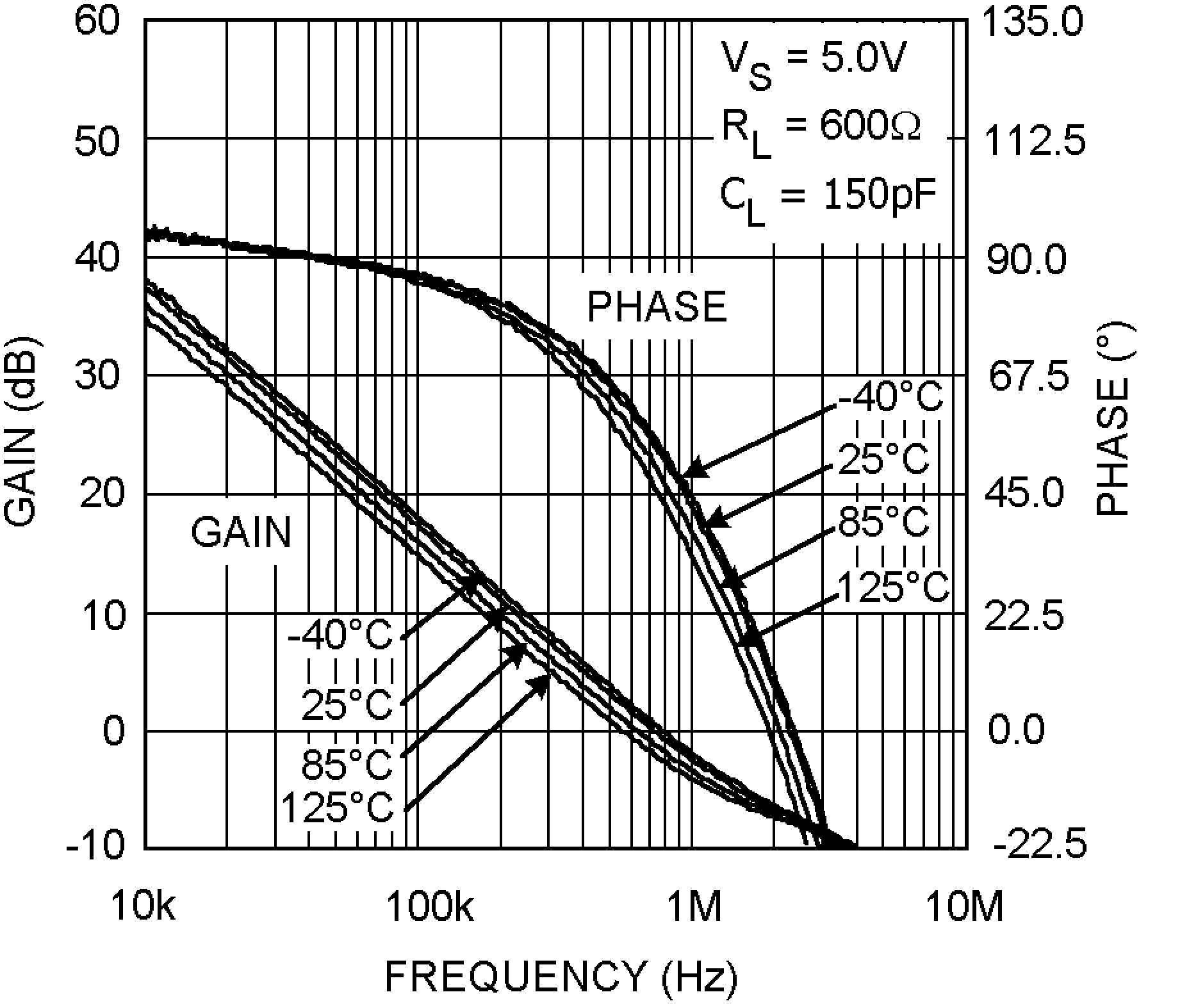 Figure 12. Gain and Phase vs Frequency
Figure 12. Gain and Phase vs Frequency
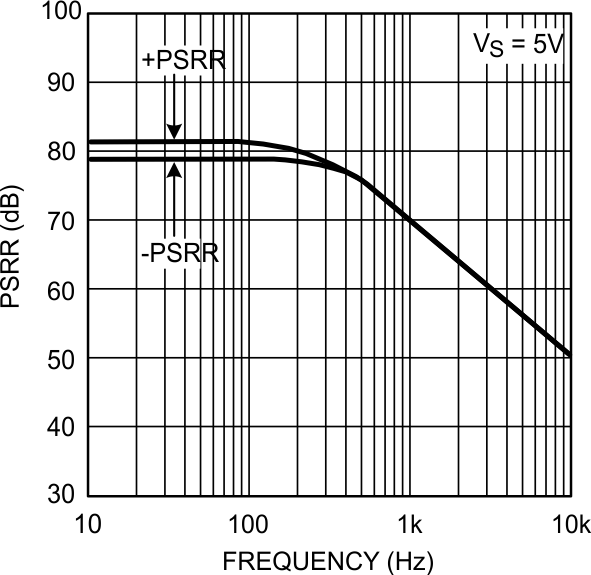 Figure 14. PSRR vs Frequency
Figure 14. PSRR vs Frequency
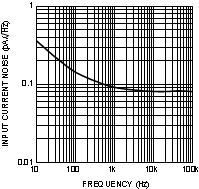 Figure 16. Input Current Noise vs Frequency
Figure 16. Input Current Noise vs Frequency
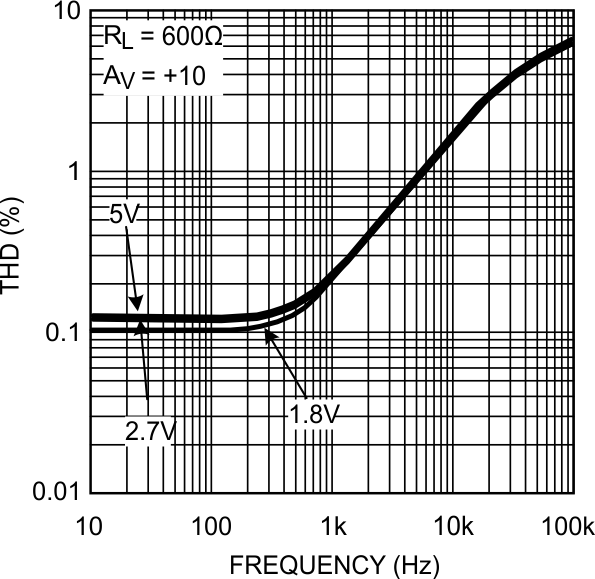 Figure 18. THD vs Frequency
Figure 18. THD vs Frequency
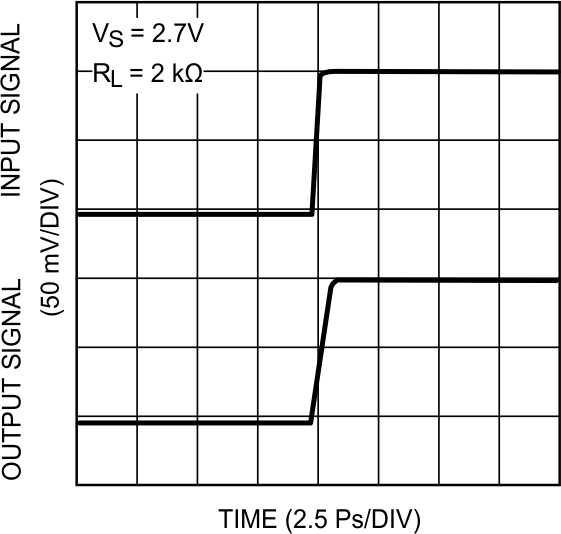 Figure 22. Small Signal Noninverting Response
Figure 22. Small Signal Noninverting Response
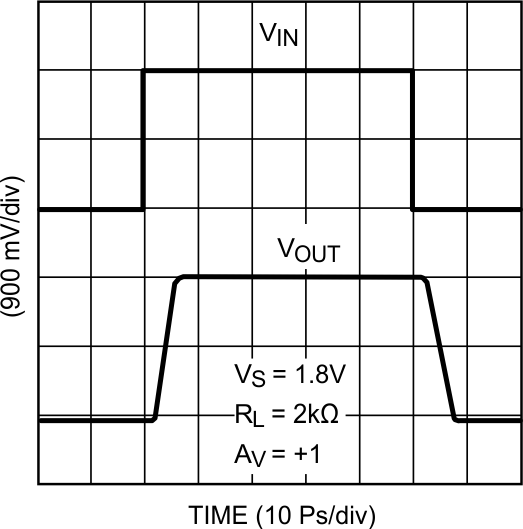 Figure 24. Large Signal Noninverting Response
Figure 24. Large Signal Noninverting Response
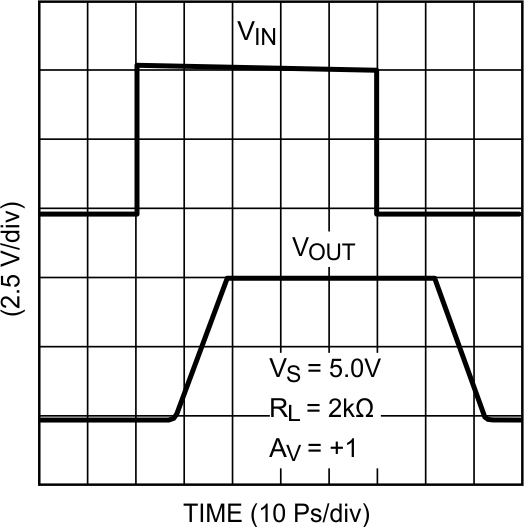 Figure 26. Large Signal Noninverting Response
Figure 26. Large Signal Noninverting Response
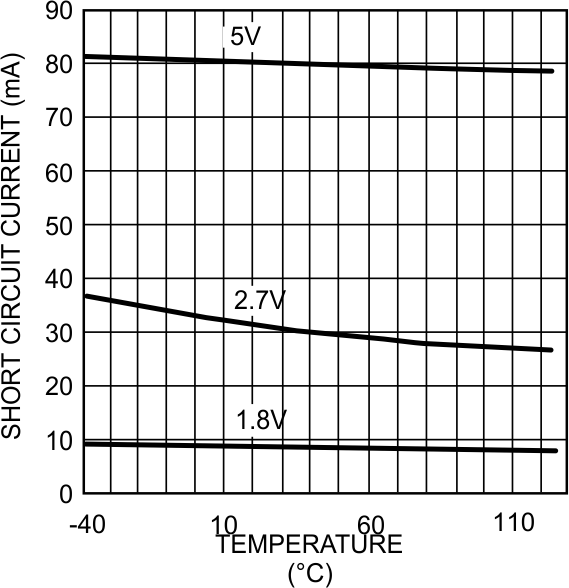 Figure 28. Short Circuit Current vs Temperature (Sourcing)
Figure 28. Short Circuit Current vs Temperature (Sourcing)
